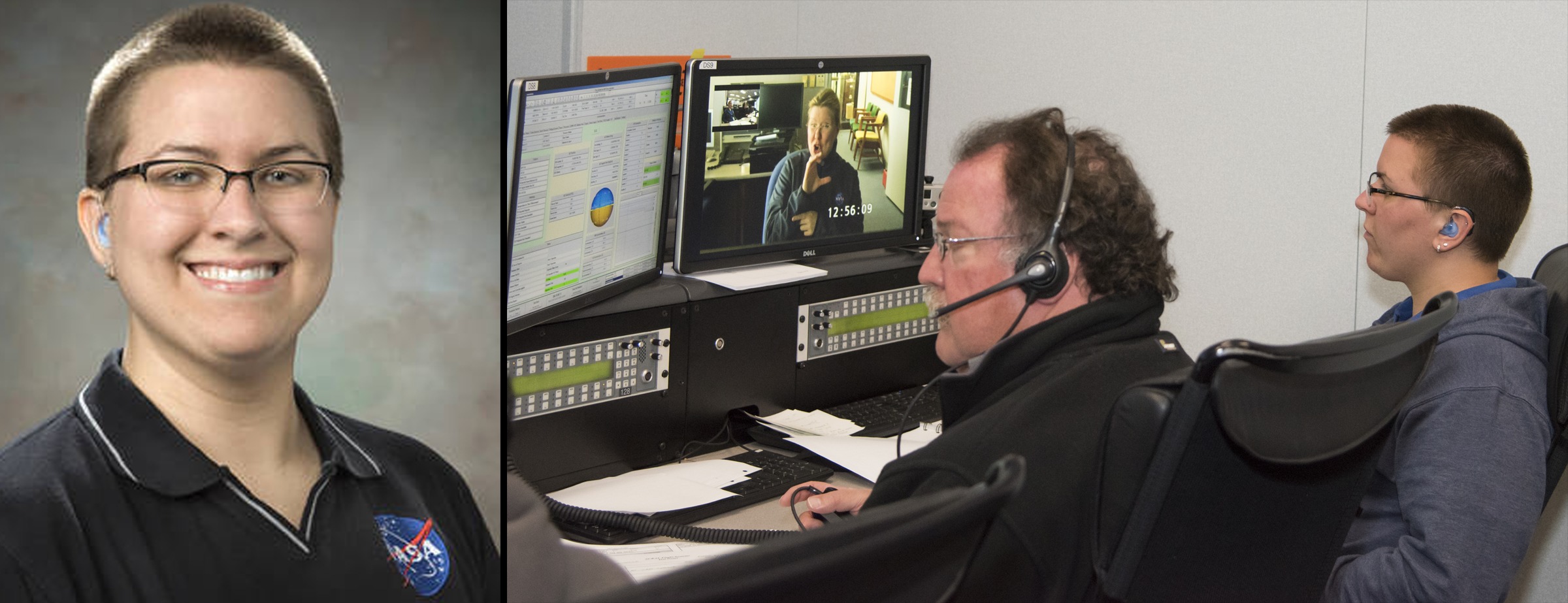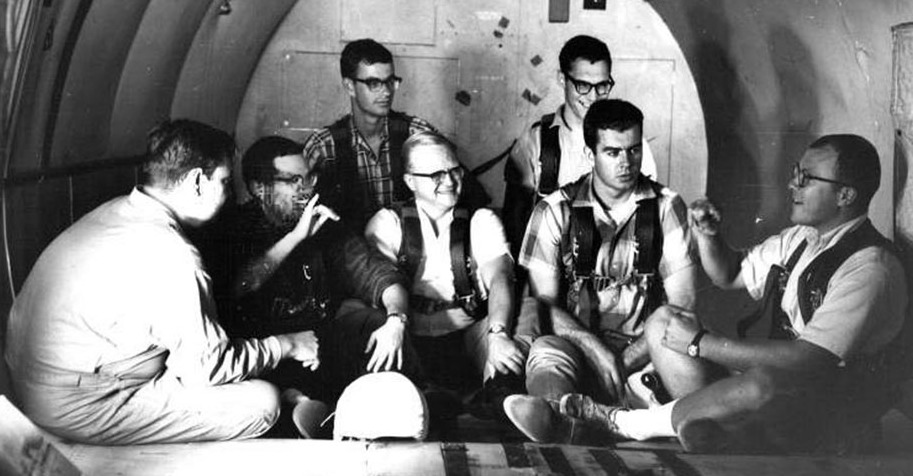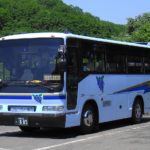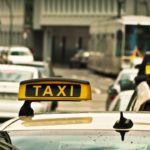Did you know that we have a comet named after a deaf man? That would be Hassel’s Comet. Did you know that astronomers today would never have had the Harvard Classification Scheme for cataloguing the stars if it wasn’t for a deaf astronomer named Annie Jump Cannon? And not to mention notable deaf astronomers Robert Aitken, John Goodricke, Henrietta Swan Leavitt, and Frederick Barnard. The deaf community has had an almost secret love affair with space for much longer than most are aware of, and it’s still continuing to this day.
With the recent announcements of two deaf women being accepted into space programs, the deaf community’s role in the history of space exploration is brought back into the spotlight.
NASA’s First Deaf Engineer Involved In A Live Mission
Last year in 2017, NASA assigned the first Deaf engineer to be on a live mission’s team: Johanna Lucht.

Johanna Lucht was born deaf in Germany and moved to America when she was a child. She moved to Alaska first for their deaf programs, where she became interested in STEM (Science, Technology, Engineering, and Mathematics) subjects. As she pursued these subjects, she continued on to University of Minnesota to gain a degree in computer science.
At University of Minnesota is where Lucht got the internship offer with NASA; after ignoring the emails three times, she finally went and applied. They accepted and she started her internship at the NASA Armstrong base close to the university.
During her internship, she was part of an all hearing team with lab technicians and given a project with five days to complete the analysis. The project leader expected them to take five days due to communication and experience level; Lucht’s team completed the analysis in two days. Right away, Lucht had figured out how to communicate with her team and set to focusing on the project completely.
NASA was impressed and when her internship was complete, they brought her on board in the control room during a manned mission. She was to monitor the stream of data incoming from the flight and to report any inconsistencies or errors. NASA provided an interpreter for her and made sure she was equipped to do her job efficiently.
Lucht’s words of wisdom for how she got the job?
“Just find motivation and work hard, do not ignore opportunities because you never know.”
The First Deaf Woman To Participate In A Stimulated Mars Mission
Julia Velasquez was a student from California when she was chosen by Xploration for the Student Astronaut prize. The contest prize was to select a student to partake in the Mars stimulation program in Hawaii. There, the students work with a team of professionals in a stimulated Mars environment. They have to monitor air quality, plant growth, and study the rocks all the while dealing with Mars’ unique weather elements. Velasquez enjoyed and gained much from the experience that she is more motivated to continue her path to becoming an astronaut.
To do that, she is now learning how to fly. Velasquez already enrolled in flight school and is learning how to fly different sizes of planes; she plans to get licensed and qualified to apply for NASA’s astronaut program.
The Symbiotic Relationship Between The Deaf Community and NASA
The program would not have been possible without eleven deaf men who provided invaluable information for NASA’s future astronauts.
At the dawn of the United States’ space program in 1957, the Deaf community helped launch NASA’s first manned spacecraft with the Gallaudet Eleven. They were eleven deaf men who provided a baseline for gravity’s effect on the human body.
This was the original problem: NASA’s hearing astronaut candidates could not handle the zero gravity environment and G-force long enough for scientists to solve how to minimize its effects for the real mission. That’s where the deaf men came in.

NASA handpicked eleven men from Gallaudet University; ten of them went deaf from spinal meningitis, one was born deaf. All of them had in common their inner ear balance were not sensitive to gravity; in other words, they were immune to motion sickness. The deaf men were put through zero gravity environments and intense g-force to test the human limits– NASA now knows how much the human body can take thanks to these men from Gallaudet. The data collected provided a solid baseline that NASA still uses to this day for their selection of the fittest astronauts for their missions.
As for the men? The team became known as the “Gallaudet Eleven” with: Harold Domich, Robert Greenmun, Barron Gulak, Raymond Harper, Jerald Jordan, Harry Larson, David Meyers, Donald Peterson, Raymond Piper, Alvin Steele, and John Zakutney. Their ages at the time of the research ranged from 25-48 years old.
Gallaudet and NASA recently honored them with a museum exhibit in April 2017.

The Future Of Deaf In Space Exploration
When asked in an interview about the future of deaf in space exploration, Lucht stated that yes it’s a field with many opportunities for the deaf if they enter STEM majors. Engineers, computer scientists, researchers, mathematicians, physicists, and mechanics are all needed for space exploration.
Velasquez is going for her pilot’s license to qualify for the astronaut training, she says that it is an extremely important skill to have to be an active member of a crew. There are already licensed deaf pilots flying around, the only barrier is radio communication.
However, the experienced astronauts have claimed that this should not even be a major issue with space exploration. Buzz Aldrin himself recalled an experience he had while walking on the Moon; he went blind temporarily as his visor fogged up, he relied on verbal instructions from his crew mates over the radio. This moment made Aldrin think about the opposite: what if the radios went down, then he would have to rely on visual communication. Aldrin concluded that yes, absolutely there is opportunity for disabled astronauts.
Lucht herself reported that her coworkers and astronauts actually preferred text messaging and instant messaging to radio communication for improved accuracy and ease of use.
Another former astronaut, Tracy Caldwell Dyson, was the first to transmit a video message in American Sign Language from space. In the message, Caldwell Dyson encouraged deaf students to work in space exploration programs:
“Ultimately, this isn’t really about me learning or knowing ASL, this story should be an avenue for deaf students — from children in kindergarten to college undergraduates to doctoral candidates — to see themselves belonging to this amazing thing called NASA and participating in scientific research and space exploration.”
Johanna Lucht, Julia Velasquez, and the Gallaudet Eleven all agreed on one thing: stay motivated, grab the opportunity and just go for it.
Sources
Deaf Engineer In Control Room Impresses
How 11 Deaf Men Helped Shape NASA’s Human Spaceflight



